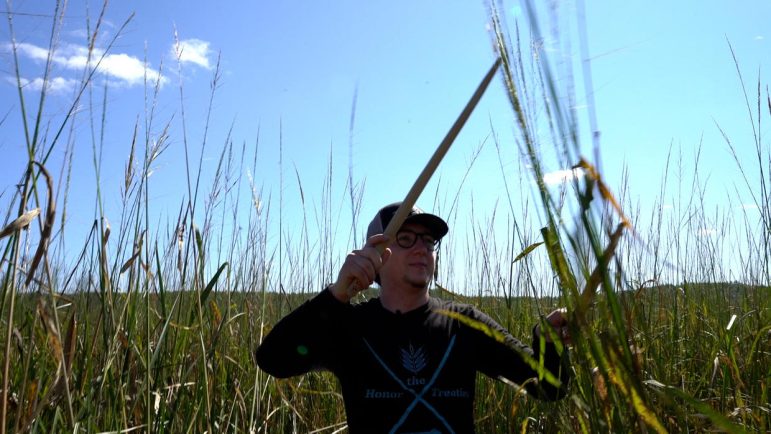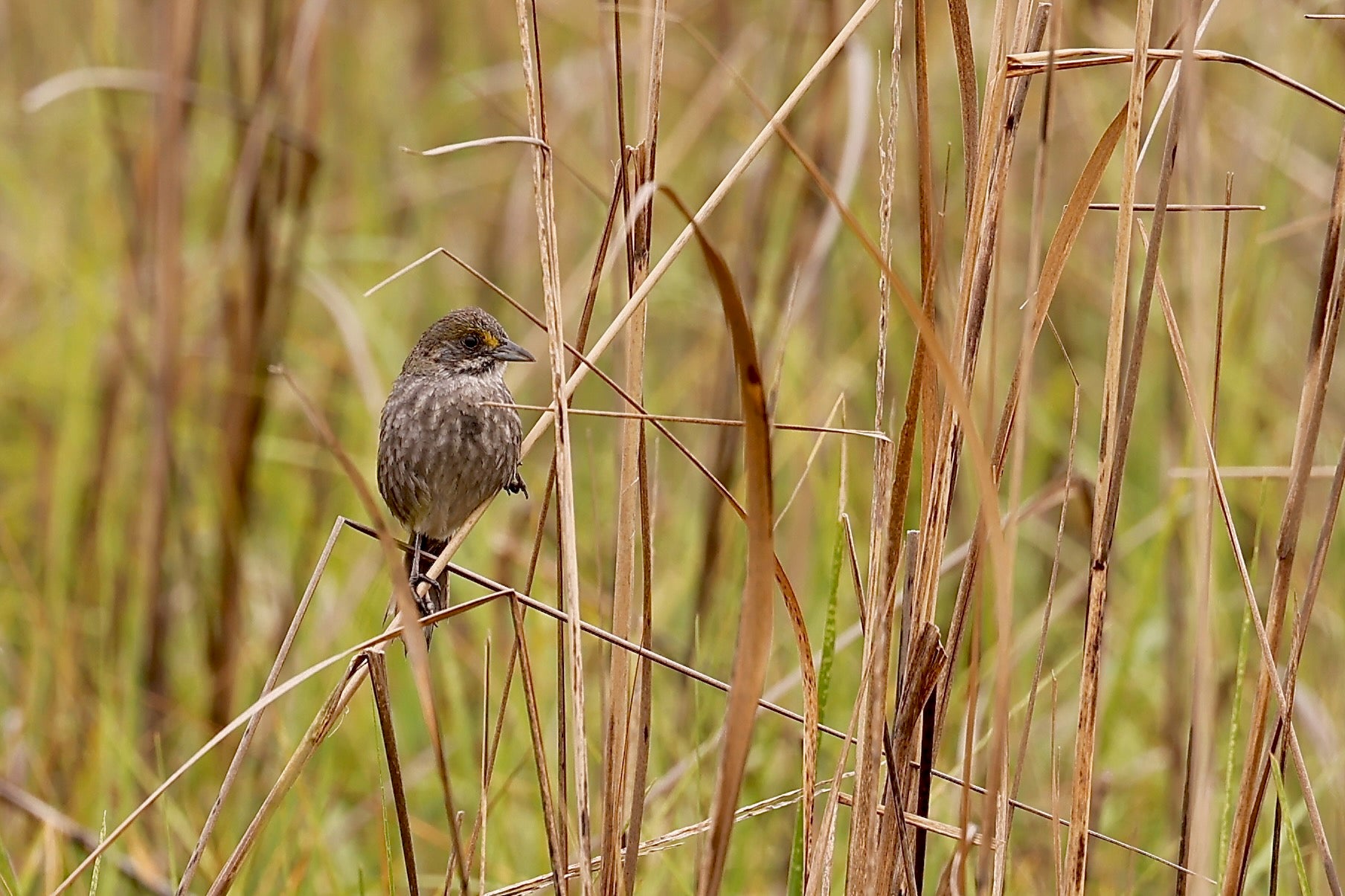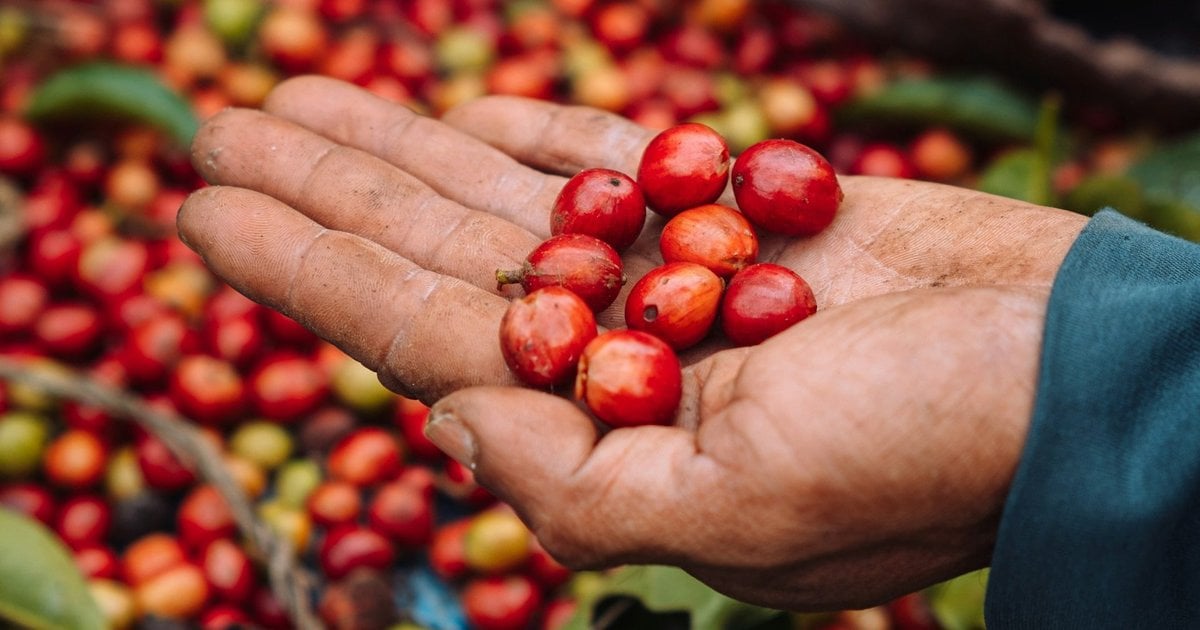 The main tool to harvest manoomin is commonly called a “knocking stick,” but also has many different names like “winnowing sticks.” Credit: Bazile Minogiizhigaabo Panek
The main tool to harvest manoomin is commonly called a “knocking stick,” but also has many different names like “winnowing sticks.” Credit: Bazile Minogiizhigaabo PanekBy Isabella Figueroa
To the Ojibwe, manoomin is more than a plant: It’s a sacred relative.
However, as lakes warm and waters rise, their ancient bond is being tested by climate change.
Manoomin is the Ojibwe word for wild rice, an aquatic plant sacred to the Ojibwe people, said Bazile Minogiizhigaabo Panek, the chief executive officer of Good Sky Guidance.
Good Sky Guidance is a consulting firm in Ashland, Wisconsin, that advises public institutions on how to create “impactful but culturally respectful outcomes when engaging with tribal communities,” according to its website.
“When the Ojibwe began their migration from the East Coast to where we are now, it was actually a prophecy we would find manoomin here in the Great Lakes region, and this plant being would be essential for generations to come,” said Minogiizhigaabo Panek.
Historically, it was found in abundance, but today, it has disappeared from a third of the watersheds in Minnesota and Wisconsin, and has nearly vanished from Michigan, according to a recent study published in the journal Communications Earth & Environment
Increased rainfall during the plant’s early summer “floating leaf” stage raises water levels too high, drowning the fragile plants before they reach the surface and photosynthesize.
Warmer winters and shorter ice cover also interrupt the cold dormancy period the seeds need to sprout.
Longer winter ice cover benefits wild rice by helping seeds stay cold enough to break dormancy and germinate in spring, said Maddy Nyblade, an environmental studies professor at the State University of New York’s College of Environmental Science and Forestry.
“Climate change is negatively impacting wild rice through key mechanisms. One is precipitation in late spring, early summer and another is warming winters with less lake ice,” said Nyblade, the lead author of the study.
Climate change is not the only threat to wild rice.
Manoomin’s survival also depends on the quality of the water it grows in, which has been getting worse due to mining operations in the Upper Great Lakes region.
Mining releases sulfate, a pollutant that disrupts manoomin’s delicate root systems.
“We have to be really careful about where we allow mining and the remediation, we require so that there isn’t sulfate pollution impacting manoomin beds. Farming, destroying wetlands and changing hydrology, can all have a negative impact,” said Nyblade.
The Ojibwe people have understood that the land and water do adapt through time, but the current rate of change is making it harder to harvest manoomin.
“We are causing imbalances and no longer taking care of manoomin, they are no longer taking care of us,” said Minogiizhigaabo Panek, a coauthor of the study.
The other researchers on the study are affiliated with the University of Minnesota Twin Cities, Great Lakes Indian Fish and Wildlife Commission, 1854 Treaty Authority and Lac du Flambeau Band of Lake Superior Chippewa.
Even though manoomin is suffering, there still is hope to restore the sacred plant.
“Manoomin has been changes in climate and that they will continue to be here and they don’t need us in order to survive, and I think that makes them resilient, we need them in order to survive,” said Minogiizhigaabo Panek.







 English (US) ·
English (US) ·